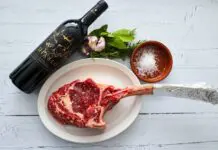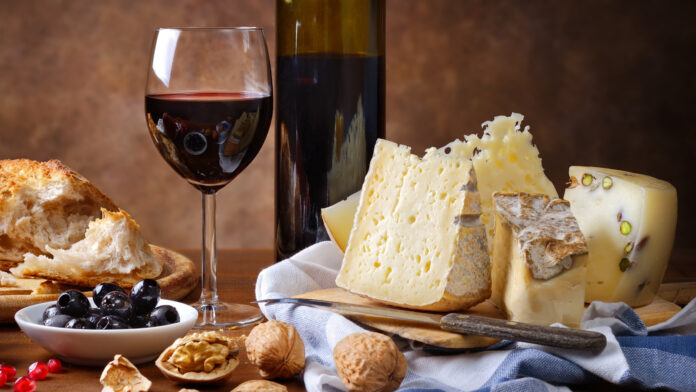
The pairing of cheese and wine dates back to the time when these fermented foods were first invented around 10,000 years ago. However, beer, which existed before wine, was the initial choice for beverage pairing. The processing and preservation of perishable raw materials such as fresh milk, which was not easily digestible for Neolithic adult humans, and fresh grapes gave rise to the evolution of cheese and wine.
As these food and drink items developed alongside each other by humans, it’s logical to assume that they would complement each other’s taste and be delectable on their own. But now, great wines direct have emerged with unique and distinct flavors available online in various parts of the world. You can choose from specific types of varieties available and even order online, sitting from one place to the other.
The early pioneers who paired cheese and wine together likely had a limited range of choices and had to consume the locally available varieties. It was in the middle of the 20th century that we were presented with many options. Before moving further, you need to know a few essential things about this blending, as discussed below.
Things To Know While Combining Wine And Cheese
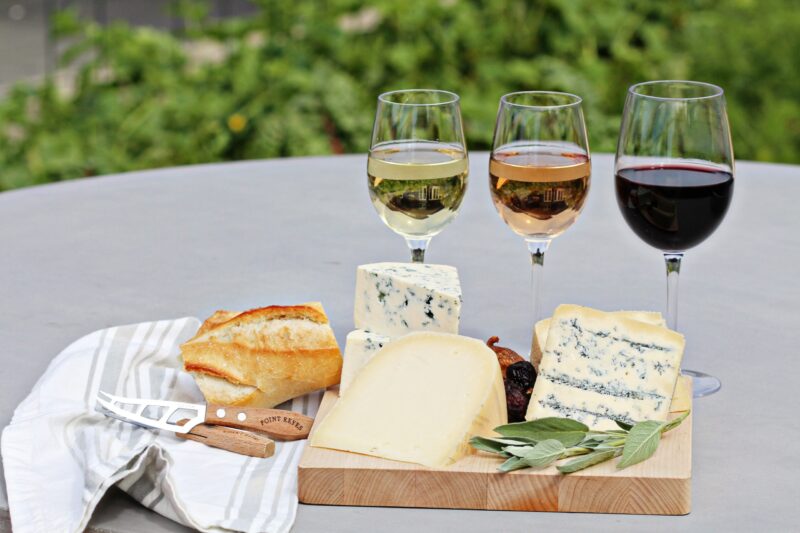
- Pairing wines and cheeses from the identical zone is a great and secure place to begin exploring wine and cheese combinations. For instance, pairing a rich Parmesan cheese with a good Italian Chianti can create an intriguing blend.
- Remember that hard cheeses like Cheddar or Parmesan can handle tannic wines better, while creamy cheeses like Brie typically pair better with more acidity, such as Chardonnay. Salty cheeses, like Blue Cheese, go well with sweet wines like Port.
A Few Tips To Pair Wine And Cheese

Combining wine and cheese is truly a magical experience. To fully appreciate these two great partners, there is much to learn. This guide provides a comprehensive explanation of how to match them perfectly. Whether you prefer sweetened, tannic, or low-intensity wines, you can be sure that a standard wine will make a unique pairing.
Here are five straightforward guidelines and some of the most preferred combinations to help you pair cheese with wine, beer, and spirits.
Food And Drink Originates Together, And Grows Together
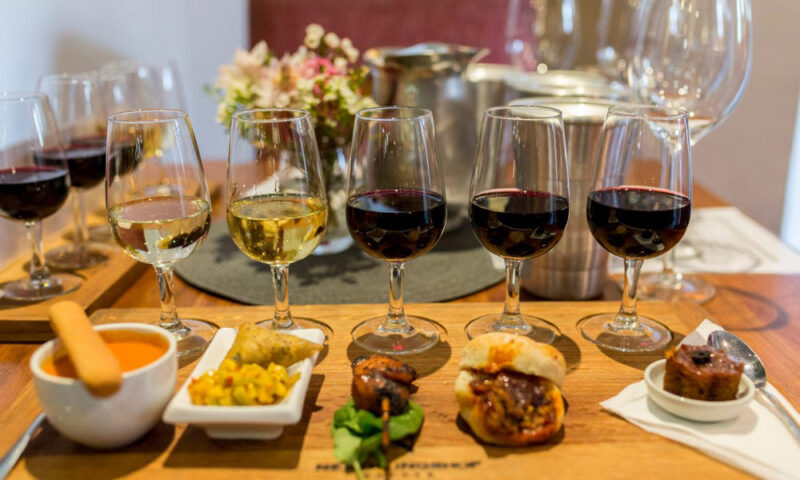
Looking at a map is a practical approach to understanding how to pair cheese and wine. As these food items have developed alongside each other for thousands of years, you can confidently believe that these combinations are reliable.
Selecting historic pairings based on geography is a reliable European wine and cheese strategy. For instance, you can serve a piece of Manchego cheese with a Spanish wine such as Rioja or Cava or pair a soft-ripened goat cheese from France’s Loire Valley with a dry, citrusy Sancerre wine from the same region.
Although the United States has less history with wine and cheese than Europe, you can still rely on Terroir to assist you in making your selections. For instance, you can pair California cheese with California wines or cheeses from Finger Lakes producers with wines from the same region.
Match Concentrations
You usually categorize cheese based on its intensity, with mild, soft, fresh cheeses on one end of the spectrum and rich, aromatic-aged varieties on the other. Similarly, you can evaluate wines on a similar scale and search for pairings that complement each other in intensity.
A classic approach to pairing is serving powerful, full-bodied red wines with long-aged, robust cheeses like cheddar or Gouda. Alternatively, pair a young, soft-ripened cheese with a refreshing white wine or wheat ale.
Seek Out Complementary Outlines
Although many available traditional wine and cheese pairings are founded on similarities, pairing opposite flavors and textures can be equally intriguing.
An excellent illustration of this concept is the delightful combination of soft, velvety bloomy rind cheeses with dry, sparkling wines. The acidity and fizz of the wine help refresh the palate, setting it up for another rich, buttery mouthful.
This principle applies to taste as well, not just texture. For instance, the saltiness of blue cheese can be offset by sweet wines such as port or Sauternes. Similarly, fruit-forward wines like dry Riesling can achieve a similar balance despite having minimal residual sugar.
Search For Food-Friendly Varieties
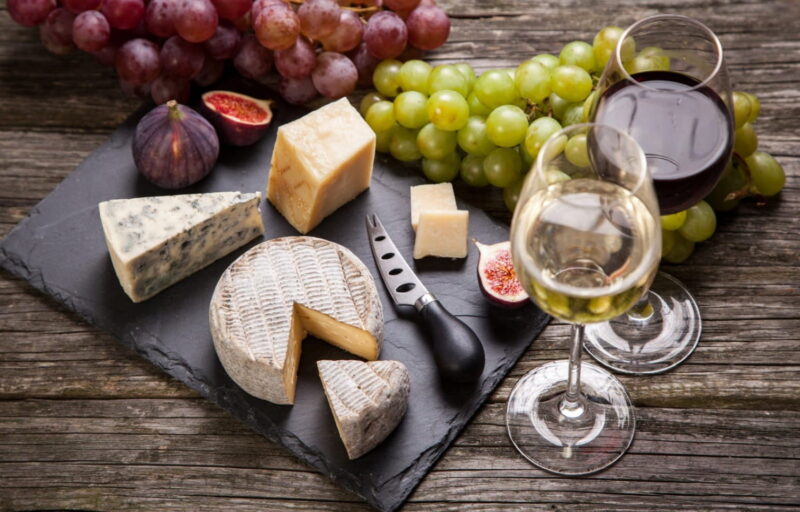
You now have some recommendations for pairing specific cheeses with particular wines, but what if you’re serving a cheese board that includes several different styles of cheese?
If you’re searching for the ideal wine to accompany a diverse selection of cheeses, consider versatile wines with a wide scale of flavors and textures. These “food-friendly” wines are frequently suggested around Thanksgiving when home cooks search for bottles that pair well with an array of side dishes.
Keep Trying Different Combinations
The critical thing to remember is to keep going even if you have been impressed with past pairings of delicious-looking bottles and sought-after wedges. Pairing is all about trial and error, and a wine that doesn’t complement or overpower one type of cheese in your refrigerator might work wonders with a different style.
Furthermore, wine falls under the intermediate level when pairing cheese and beverages. If you’re a novice in the pairing game, begin with beer, which is a little more adaptable and budget-friendly.
Conclusion
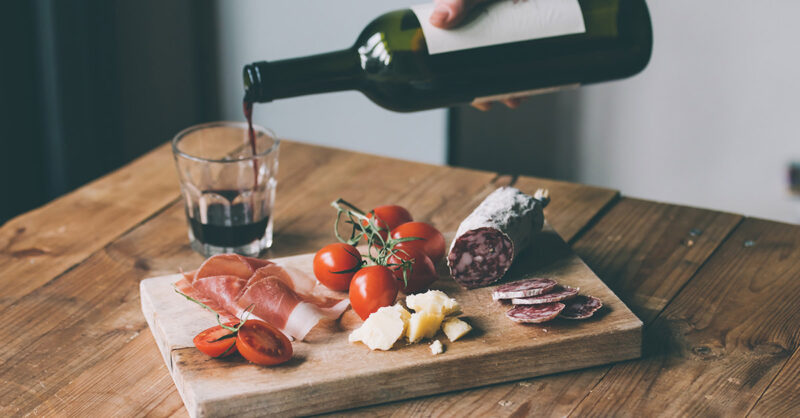
According to several reports, specialized doctors have confirmed that wine can have health benefits, such as raising good cholesterol and providing antioxidants that protect against artery damage. You can enjoy wine paired with bread or cheese. Although pairing wine with cheese may negate some health benefits, it will still be one of your favorite ways to enjoy wine. They even claim you don’t mind if the pairing isn’t perfect, as you still want it.
With the appropriate knowledge, you are ready to pair wine and cheese like a pro. Remember that people have been doing this for centuries, and there will always be new recommendations to try. With all the valuable information you’ve learned, you can conduct your experiment and determine your preferences.


